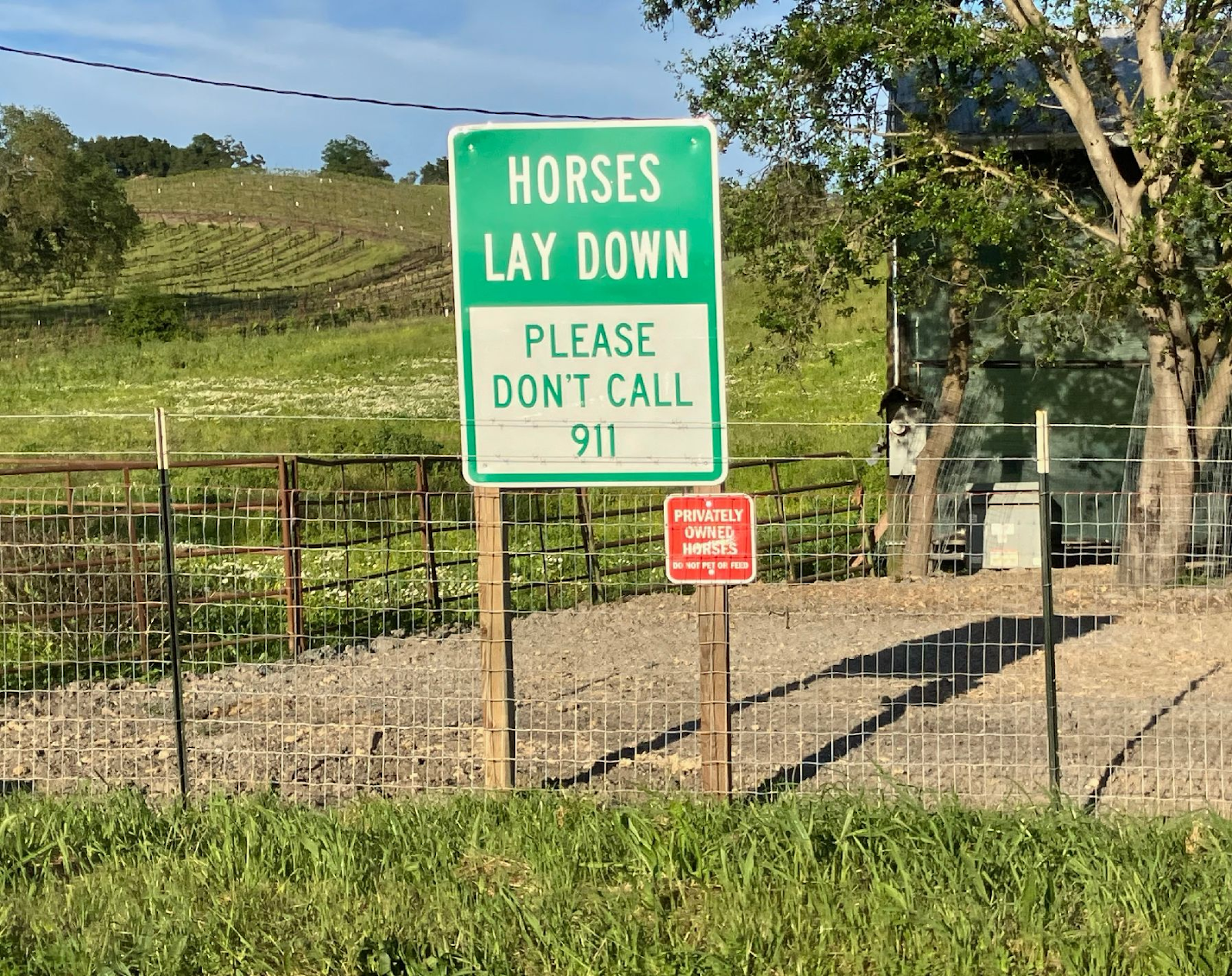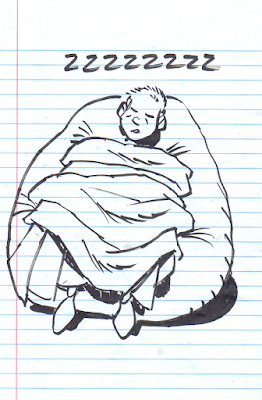Print wonks and friends curious about how publishing works: this article, "No One Buys Books," summarizes good and interesting information that emerged from Penguin Random House's recent attempt to buy Simon & Schuster. Among the bullet points:
--In one year, out of 58,000 titles published, 90% sold fewer than 2000 copies.
--In the same year, 50% sold fewer than 12 copies. Read that again: Half of all books sold less than a dozen.
[EDITED: In comments on Facebook, author Rebecca Solnit questioned this number. Surely just the author's relatives alone would account for a dozen sales! The figure came from the Department of Justice as part of its antitrust action but nobody knows how they arrived at it. One industry expert says the percentage of books that sold fewer than a dozen copies is more like 15%. Either way, it's a big, sad number.]
--Out of every 100 books published, 35 are profitable.
--Most books don't earn back their advance against royalties, meaning that the money an author receives at the beginning of a project is probably all they'll ever get.
--Publishers are very hit-driven, looking for the million-selling unicorn. The problem is, it's very hard to tell in advance which those will be, so they place a lot of bets on books and authors that turn out to be duds. Penguin Random House said that the top 4% of titles drive 60% of their profitability.
--The closest thing to a sure bet are big names like John Grisham and James Patterson, as well as celebrities, musicians, and sports stars, but even they can surprisingly tank. Singer Billie Eilish's book sold 64,000 copies in its first eight months, which would be a fantastic number for me or most authors but a big disappointment if you're a publisher expecting Eilish's 97 million Instagram followers to pick up a copy.
--A publisher's backlist of old books can be a gold mine. Eric Carle's Very Hungry Caterpillar has been on the bestseller list for 19 years.
MY TWO CENTS: All of this matches my observations and experience, and none of it surprises me. If anything, I'd say the situation is more dire in my graphic novel niche.
I won't discuss my sales numbers, I figure that's between me and my publisher, but I am happy to report that each of my books has sold more than 2000 copies, so I'm in the top tenth percentile already. Yay me?
Most of my books have earned out their advances, such that I get a modest royalty check a couple times a year. One of my books never will, so I'll never see another dime from it. Yay me again?
It's certainly possible to be an enormously successful graphic novelist. Dav Pilkey and Raina Telgemeier do very well for themselves. My publisher, Abrams, puts out my friend Jeff Kinney's Diary of a Wimpy Kid series, and I have no doubt that his 300 million copies sold make it possible for Abrams to take risks on books they might not otherwise, including maybe mine.
Don't write books thinking you're going to get rich; don't write books thinking you'll support even a lower-middle-class lifestyle. I began Mom's Cancer as a webcomic 20 years ago, and Abrams published it in 2006. If you divide the money I made from four books, plus random short comics for anthologies and such, over the past 18 to 20 years of what I'd call professional authorship, I earned WAY less than minimum wage. During much of that time, I had a day job; during that ENTIRE time I had a supportive spouse who had a good job with benefits. That's the dirty little secret of how most writers survive.
The numbers are discouraging. As they say about most people in most arts, the best reason to do it is because it's simply something you must do to have a happy, fulfilling life whether the money follows or not.



















